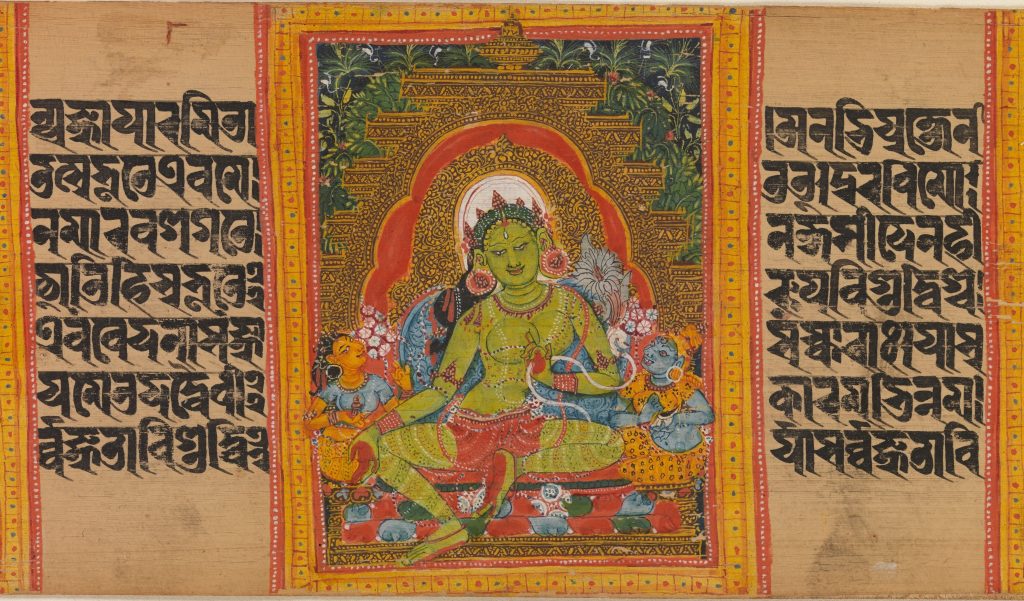Indian miniatures are small-scaled, highly detailed paintings. They trace back to at least 9th century CE, and are a living tradition with many contemporary artists still pursuing the art form. The miniatures are typically created in opaque watercolour and gold and silver leaf on paper and card, though some were also painted on ivory, wood and marble.
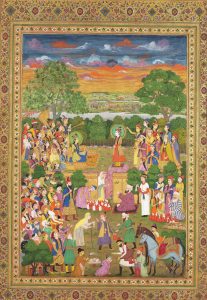
Courtesy- Google art and Culture
The subject matter of Indian miniatures includes court scenes, battles, hunting and religious illustrations, some of the popular subjects also includes scene from Ramayana and the Mahabharata as well as scenes from everyday life. Indian miniatures have been highly influential on the development of South Asian and Persian miniature painting, as well as on European genres like art nouveau. Today these works of art continue to be highly sought after by collectors.
The techniques used in Indian miniature painting are highly detailed and complex, often involving intricate patterns and vibrant colours. The paintings are usually framed with elaborate borders and decorated with gold and silver. Read on to discover why these mini but mighty artworks matter
1. They’ve been around for longer than paper has existed
No paper? No problem! Paper was introduced in India in the 12th century but the miniature paintings trace back to at least the 9th century. They were painted on manuscripts made out of dried palm leaves or were painted on cloth. These are usually illustrated religious stories and figures.
2. The more color, the better
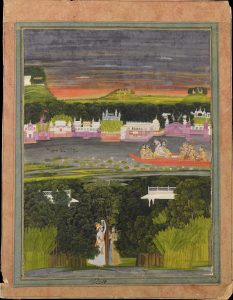
Courtesy- Google art and Culture
By the 12th century, free from restrictions of painting on palm leaf, Indian miniatures grew bigger in format. They began to include more intense colors and extensive border embellishments, with the influence of painting styles of Persia and Mamluks under the Ottomans. Miniature paintings began to break new ground in color with golds, silvers, and a new ultramarine blue from lapis lazuli.
3. Most artists who painted them remain anonymous
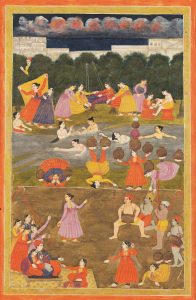
Courtesy- Google art and Culture
There are numerous miniatures styles from different periods and geographical areas that have influenced each other, with many artists trained in one style taking their art form to another location, altering or creating new styles. Miniature paintings have never been static.
4. Miniatures brought stories to life
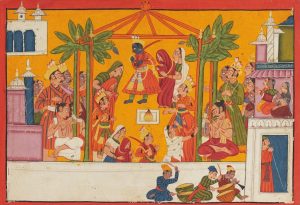
Courtesy- Google art and Culture
Miniatures were heavily influenced by Indian literature and were often used as illustrations to texts, as well as individual paintings. Indian painters illustrated epics, fables and religious texts, visualizing these stories through art for those who might not be able to read.
5. They span centuries and cultures
From paintings of the Janamsakhis to illustrated biographies of Guru Nanak, the founder of Sikhism; from Mughal empires to early-Modern India, miniature paintings have expressed and preserved the rich variety of Indian culture and history.
6. They are examples of a rare and fine craft
The painters of these tiny, extraordinary works were craftspeople of the highest order. Often, brushes with only a single bristle would be used to pick out fine details, and the technique is very refined.
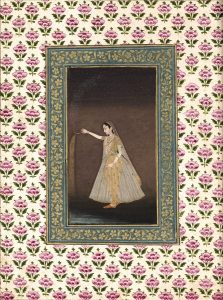
Courtesy- Google art and Culture
Courtesy- Google Arts and Culture

